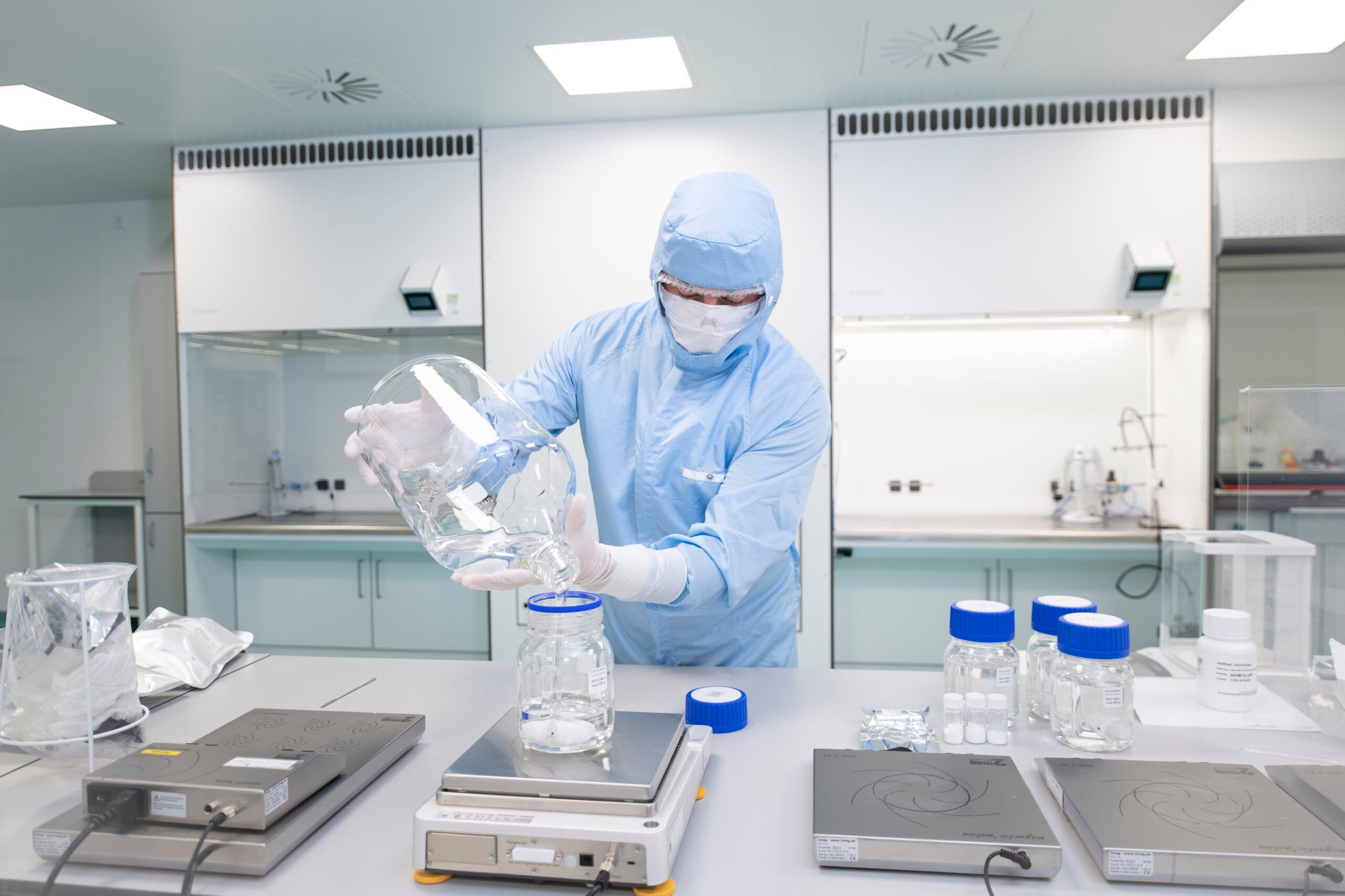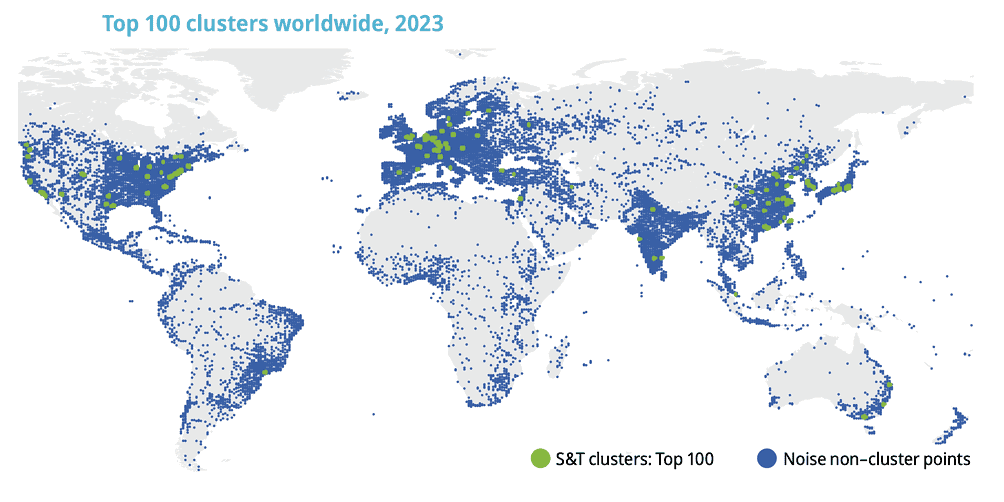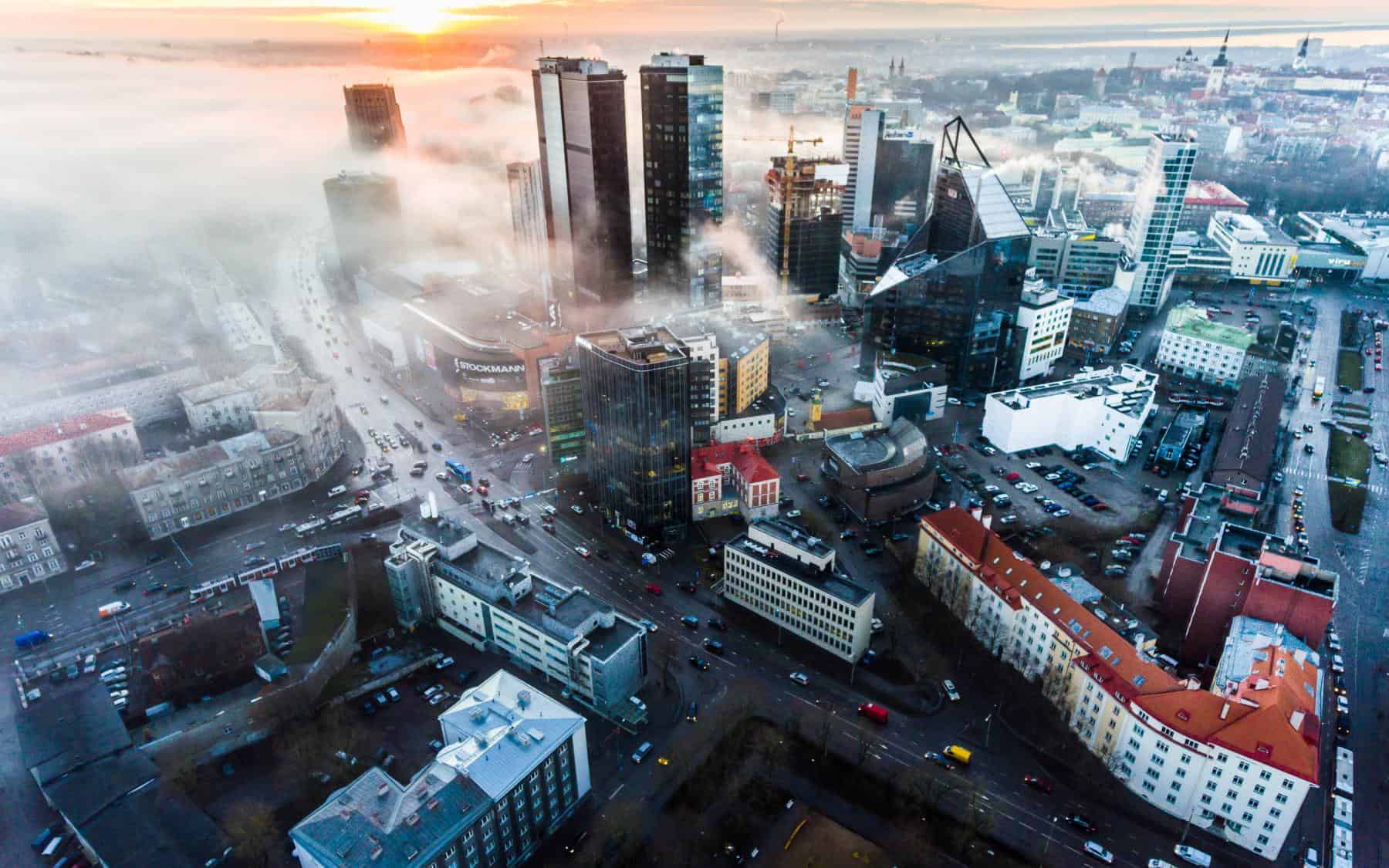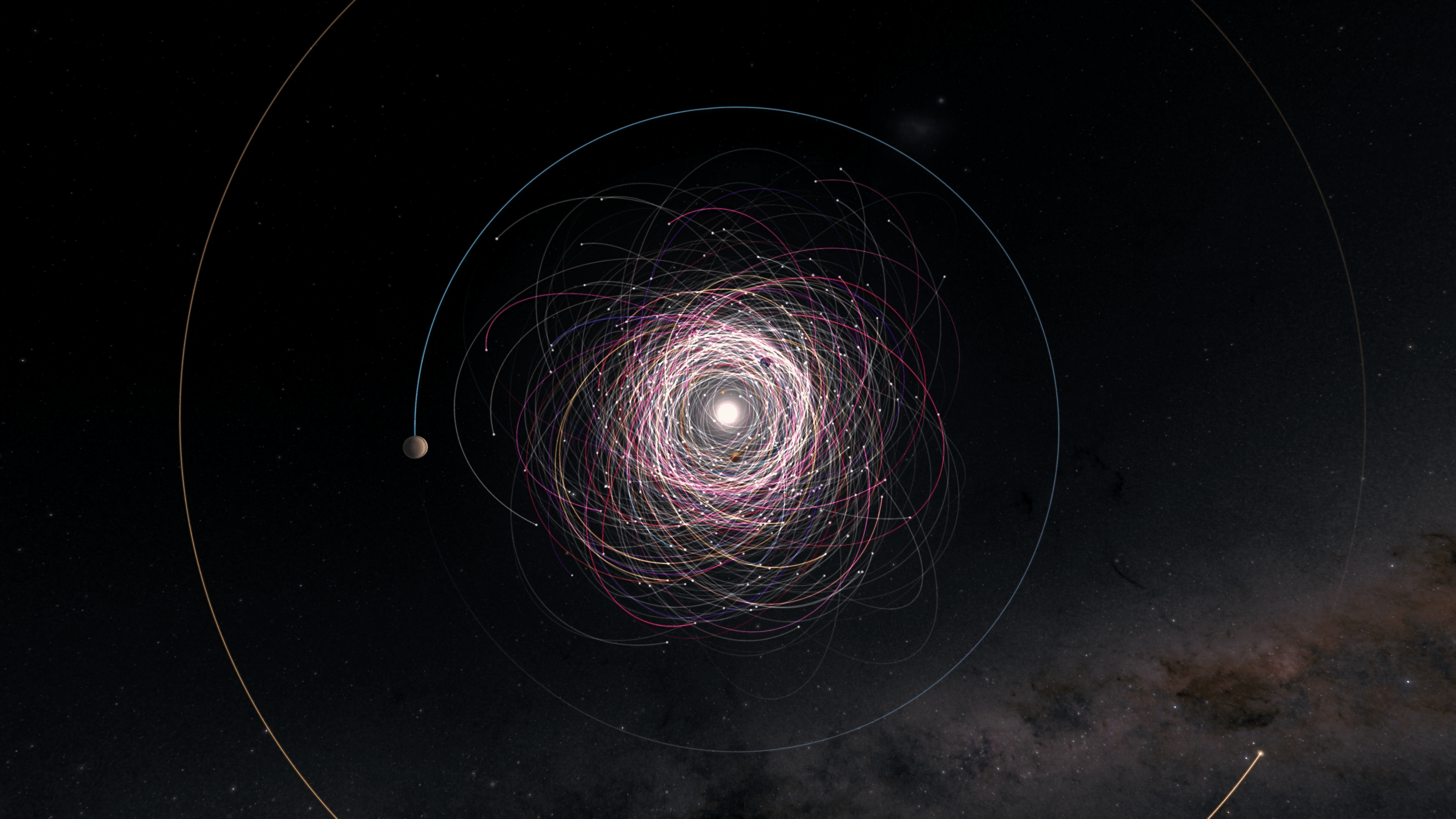
Europe’s role in the global science and technology (S&T) landscape is highlighted in the World Intellectual Property Organisation’s 2023 Global Innovation Index. Paris, London, Munich, and Amsterdam-Rotterdam are noted for their cross-border innovation, while Cambridge, Oxford, and Eindhoven shine in their per capita R&D intensity. Despite leading positions being dominated by East Asia, Europe’s S&T prowess is undoubted. The Cambridge and San Jose-San Francisco clusters are named the most S&T-intensive. Europe, however, is urged to increase its S&T intensity even further, particularly in creating more patents and scientific publications per capita, to compete with the leading clusters.
- Europe has 4 major cross-border S&T clusters: Paris, London, Munich, Amsterdam.
- Cambridge and San Jose-San Francisco are most S&T intensive clusters globally.
- Europe must increase patents and publications per capita to boost innovation.
Europe’s Leading S&T Clusters
Europe’s presence on the global stage of science and technology (S&T) is affirmed by the World Intellectual Property Organisation’s (WIPO) 2023 Global Innovation Index. Among the top cross-border clusters, Paris, London, Munich, and Amsterdam-Rotterdam hold prominent positions. These cities are not just hubs of innovation, but also key players in the international S&T exchange, their influence extending beyond their national borders.
Cambridge, Oxford, and Eindhoven (Brainport), on the other hand, are renowned for their high per capita R&D intensity. These clusters demonstrate a significant concentration of inventors and scientific authors relative to their population. Their achievements are a testament to Europe’s commitment to fostering scientific and technological development.
Asia dominates, but Europe holds its ground
Despite East Asia’s dominance in the top five S&T clusters worldwide, Europe has made its mark. Tokyo-Yokohama (Japan), Shenzhen-Hong Kong-Guangzhou (China and Hong Kong, China), Seoul (Republic of Korea), Beijing (China), and Shanghai-Suzhou (China) may lead the pack, but Cambridge and San Jose-San Francisco, CA have been identified as the most S&T-intensive clusters. These clusters are not the largest, but they have the most intensive S&T activity in proportion to population density.

However, the overall rankings signal that there is room for growth. Europe is challenged to increase its S&T intensity, particularly in producing more patents and scientific publications per capita, to compete with the leading clusters.
China and the United States lead in cluster numbers
The GII 2023 identified 24 S&T clusters in China, up from 21 the previous year, making it the country with the greatest number of clusters. Shenzhen-Hong Kong-Guangzhou, Beijing, Shanghai-Suzhou, and Nanjing are among China’s leading clusters. Meanwhile, the United States has 21 clusters in the top 100, with San Jose-San Francisco leading the way.
Germany has nine clusters, with Munich leading the way, while Japan, Canada, India, and the Republic of Korea each have four, led respectively by Tokyo-Yokohama, Toronto, Bengaluru, and Seoul. These figures underscore the importance of S&T clusters in driving global innovation.
Emerging economies show promising growth
S&T clusters in emerging economies also demonstrated strong S&T output growth. India, for example, has four top S&T clusters, with Chennai and Bengaluru experiencing the largest increases in the density of inventors and scientific authors.
Other emerging economies, including Brazil, Türkiye, Argentina, Egypt, and Thailand, among others, also saw rapid growth in their S&T clusters. This growth represents a shift in the global S&T landscape, highlighting the rising importance of these emerging economies in the world of innovation.
Future prospects for Europe
The WIPO Global Innovation Index 2023 underscores the strength of Europe’s S&T landscape, while also highlighting areas for improvement. Despite the strong performance of European clusters, the region must focus on enhancing its S&T intensity to compete with the leading clusters worldwide.
This means increasing patent and scientific publication shares per capita, which would not only boost the region’s global standing but also spur further innovation within these clusters. As the world continues to advance and innovate, Europe’s S&T clusters must rise to the challenge and continue to drive scientific and technological progress.







